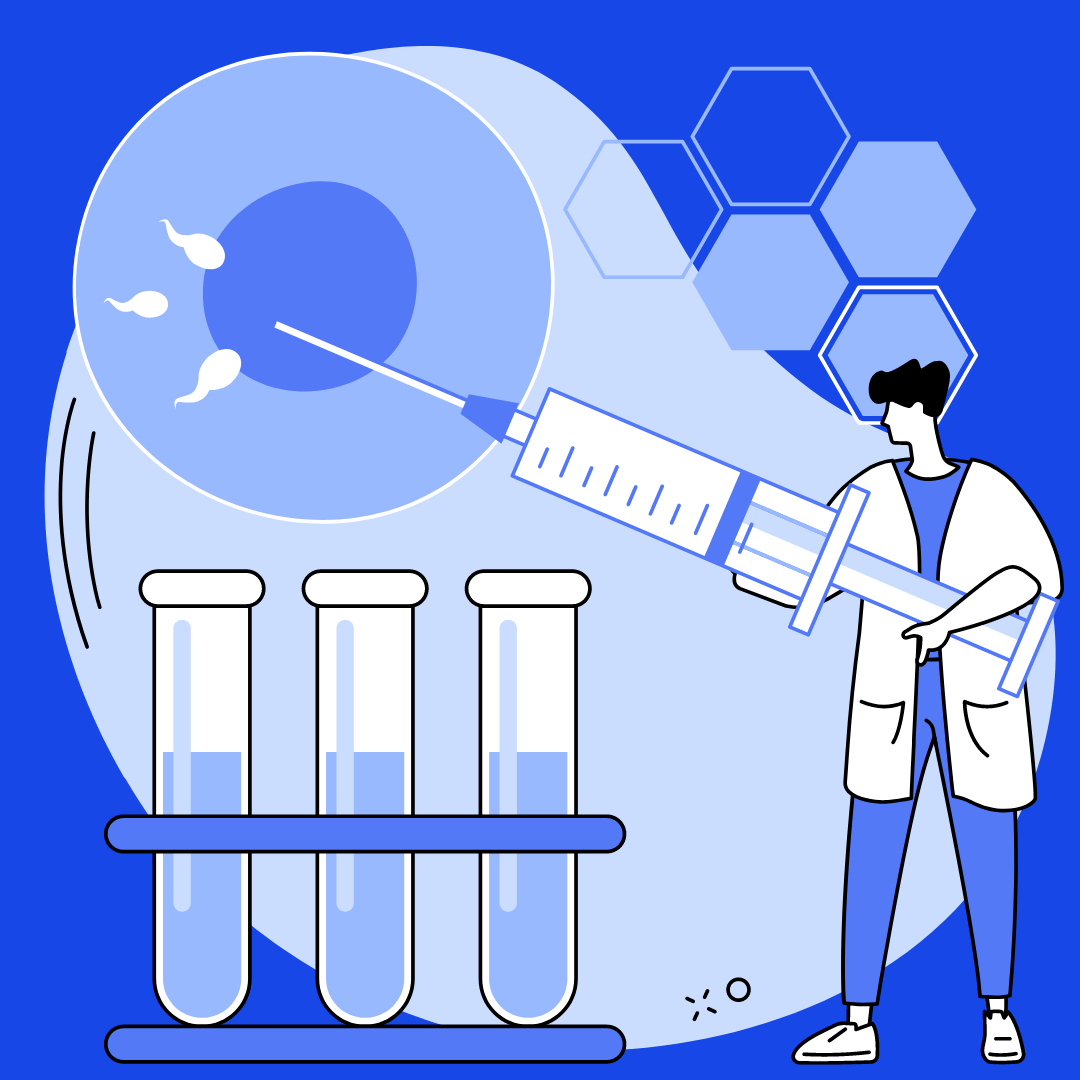Reproductive Futures: The Promises and Pitfalls of In-Vitro Gametogenesis
By Sarojini Nadimpally and Gargi Mishra,
The Wire
| 12. 15. 2024
Although IVG is still a new technology, its probable risks and potential for misuse in a regulatory vacuum call for caution rather than any call for optimism.
In-vitro fertilisation (IVF) as assisted reproductive technology (ART) has been in vogue for quite a few decades now. While IVF has been hailed as a significant scientific advancement, with many advantages, here are some limitations which bear keeping in mind in discussions about the possibilities and extent of its use in the present and the future.. It is in this context that we discuss in-vitro gametogenesis (IVG) – a new experimental reproductive technology that is currently being developed and refined, and thus debated on a number of different fronts.
The concerns about reproductive autonomy, ethics, and equity ought to be at the forefront of any discussion of advanced and experimental reproductive technologies, including IVG. Although IVG is not currently under research in India, this technology is gaining more attention in the global scientific community. Thus, it becomes imperative to engage with it critically.
Researchers claim that IVG would reduce the risks of IVF procedures by creating sperm and oocytes (eggs) directly in a lab, unlike in the case of the IVF, which requires the retrieval of eggs from ovaries, and...
Related Articles
By Jenny Lange, BioNews | 12.01.2025
A UK toddler with a rare genetic condition was the first person to receive a new gene therapy that appears to halt disease progression.
Oliver, now three years old, has Hunter syndrome, an inherited genetic disorder that leads to physical...
By Rachel Hall, The Guardian | 11.20.2025
Couples are needlessly going through IVF because male infertility is under-researched, with the NHS too often failing to diagnose treatable causes, leading experts have said.
Poor understanding among GPs and a lack of specialists and NHS testing means male infertility...
By Pam Belluck and Carl Zimmer, The New York Times | 11.19.2025
Gene-editing therapies offer great hope for treating rare diseases, but they face big hurdles: the tremendous time and resources involved in devising a treatment that might only apply to a small number of patients.
A study published on Wednesday...
By Aisha Down, The Guardian | 11.10.2025
It has been an excellent year for neurotech, if you ignore the people funding it. In August, a tiny brain implant successfully decoded the inner speech of paralysis patients. In October, an eye implant restored sight to patients who had...




